Table of Contents
Introduction
Aleppo Pepper and Curry Powder are distinct spices with different origins, flavors, and culinary uses. Aleppo Pepper is a single spice from Syria with a fruity, tangy flavor and moderate heat (30,000–50,000 SHU), while Curry Powder is a blend of multiple spices like turmeric, cumin, and coriander, offering warm, earthy notes. This guide provides a clear comparison of their characteristics, practical cooking applications, and buying tips to help you choose the right spice for your dishes.

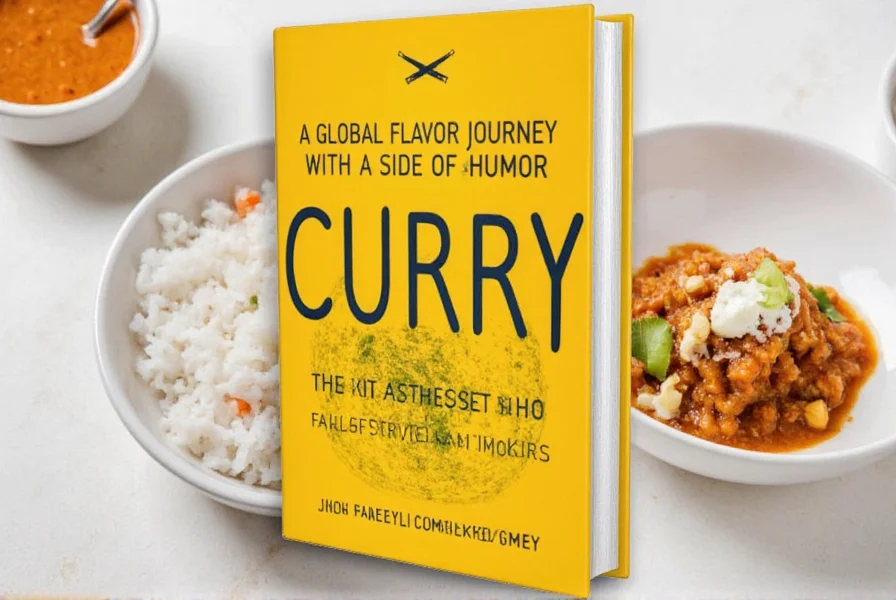
What Is Aleppo Pepper?
Originating from the city of Aleppo in Syria, this spice has been used for centuries in Middle Eastern cuisine. It's made from sun-dried, crushed red peppers and has a unique, slightly smoky, and tangy flavor with a moderate heat level—usually around 30,000–50,000 SHU (Scoville Heat Units). Aleppo Pepper isn't just about heat; it brings a rich, fruity aroma and a mild spice that complements a wide range of dishes. Its versatility makes it a favorite in marinades, sauces, and even as a finishing spice on salads or meats.
What Is Curry Powder?
Curry powder is a blend of various spices, typically including turmeric, cumin, coriander, ginger, garlic, and chili peppers. The exact combination can vary by region, giving each blend its own distinct character. Unlike Aleppo Pepper, which is a single spice, curry powder is a mix designed to mimic the complex flavors of Indian cuisine. Curry powder comes in different heat levels, from mild to extremely spicy. It's commonly used in curries, stews, rice dishes, and even as a rub for meats. Its warm, earthy, and aromatic profile makes it a staple in many global kitchens.
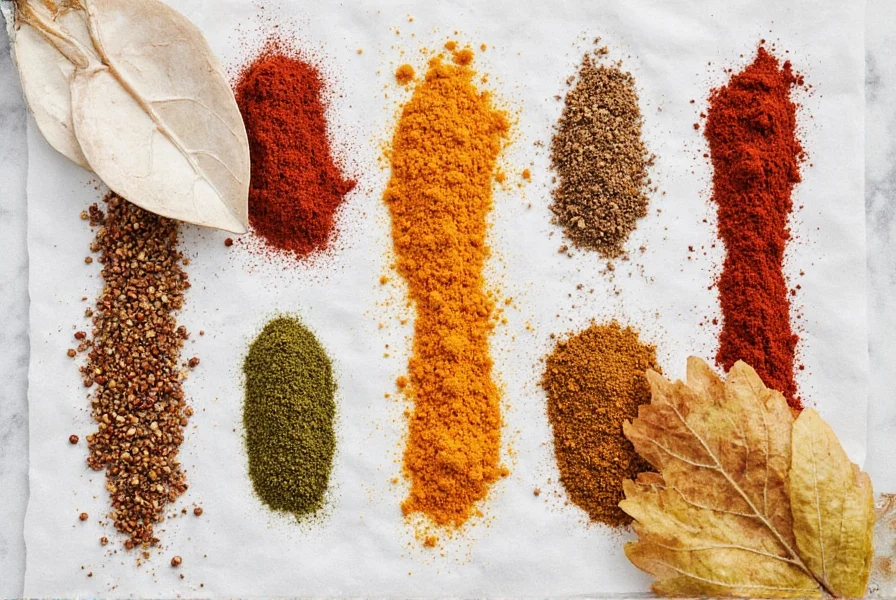
Key Differences Between Aleppo Pepper and Curry Powder
| Feature | Aleppo Pepper | Curry Powder |
|---|---|---|
| Type | Single spice | Spice blend |
| Heat Level | Moderate (30,000–50,000 SHU) | Varies (mild to very hot) |
| Flavor Profile | Fruity, tangy, slightly smoky | Earthy, aromatic, warm |
| Common Uses | Marinades, sauces, dressings | Curries, stews, rice, meat rubs |
| Origin | Syria | India (with global variations) |
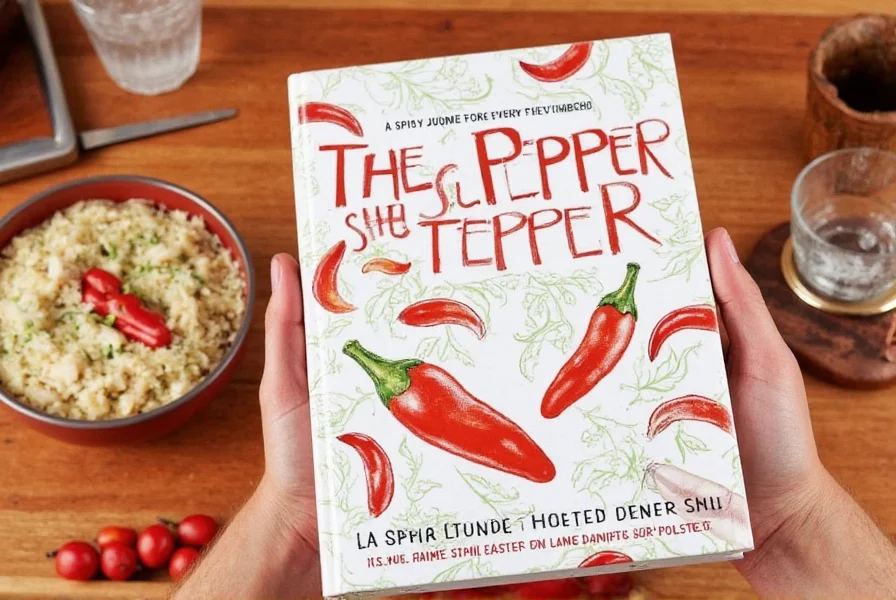
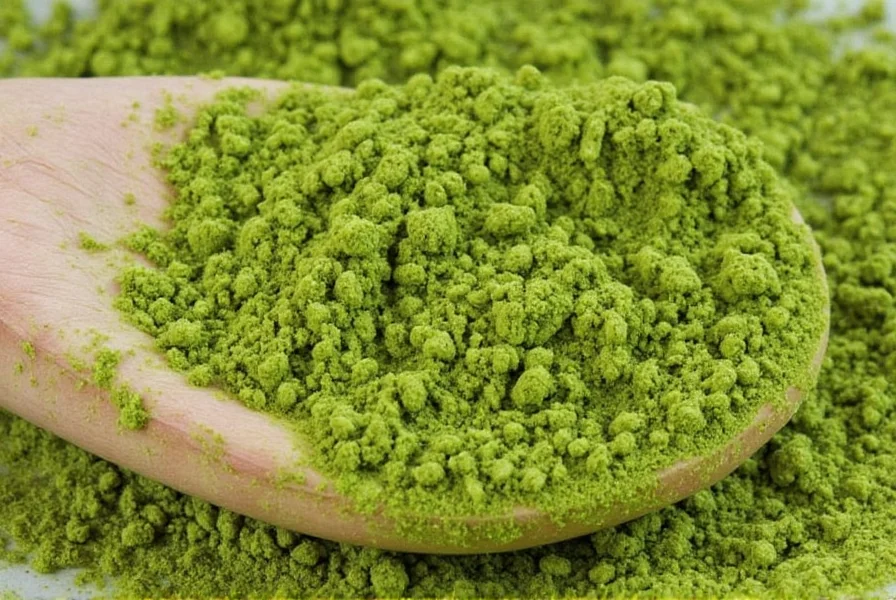
How to Use Aleppo Pepper and Curry Powder in Cooking
Both Aleppo Pepper and Curry Powder are incredibly versatile, but they work best in specific ways. Here are some practical tips to help you get the most out of them:
Using Aleppo Pepper
- Add it to marinades: Mix Aleppo Pepper with olive oil, lemon juice, garlic, and herbs for a bold, tangy marinade for chicken, fish, or vegetables.
- Use it in sauces: Stir it into tomato-based sauces, hummus, or yogurt-based dips for a unique twist.
- Finish dishes with it: Sprinkle it over roasted vegetables, grilled meats, or salads for a burst of flavor.
- Experiment with cocktails: Some bartenders use Aleppo Pepper to add a subtle heat and depth to craft cocktails.
Using Curry Powder
- Cook hearty curries: Add it to coconut milk, tomatoes, or yogurt for a rich, flavorful base for chicken, lamb, or vegetable curries.
- Season roasted veggies: Toss vegetables like cauliflower, potatoes, or carrots with curry powder before roasting for an extra layer of taste.
- Make a dry rub: Combine curry powder with salt, garlic, and other spices for a flavorful coating on chicken or fish.
- Enhance soups and stews: Stir it into bean soups, lentil stews, or creamy vegetable soups for warmth and depth.
Buying Guide for Aleppo Pepper and Curry Powder
Choosing the right spice can make all the difference in your cooking. Here's a detailed guide to help you select high-quality Aleppo Pepper and Curry Powder:
Aleppo Pepper Buying Guide
Aleppo Pepper is best when it's fresh, vibrant in color, and has a strong, aromatic scent. Look for the following features when purchasing:
- Color: Choose dark red or orange-red peppers with no signs of mold or discoloration.
- Smell: Fresh Aleppo Pepper should have a fruity, slightly smoky aroma without any mustiness.
- Texture: The flakes should be intact and not overly powdered.
- Source: Opt for organic, non-GMO options from trusted suppliers.
Here are some top recommendations:
- Brand A – Aleppo Pepper Flakes: Known for its rich flavor and consistent quality. Great for seasoning and cooking. Suitable for home cooks and professional chefs alike.
- Brand B – Organic Aleppo Pepper: Perfect for those who prefer organic products. Ideal for health-conscious individuals and those looking for a more natural option.
Curry Powder Buying Guide
Curry powder can vary widely in quality and flavor depending on the blend. When shopping, look for:
- Ingredients: Check the label to ensure it contains real spices and not just fillers or artificial additives.
- Heat level: Choose based on your preference—mild, medium, or hot.
- Origin: Indian-made curry powders often have a more authentic flavor than mass-produced versions.
- Storage: Buy in small quantities to keep it fresh and avoid staleness.
Here are some top recommendations:
- Brand C – Traditional Indian Curry Powder: Made with a balanced mix of spices, ideal for classic Indian recipes. Perfect for beginners and experienced cooks.
- Brand D – Spicy Thai Curry Blend: Adds a kick of heat and exotic flavor. Best for adventurous eaters who enjoy bold tastes.
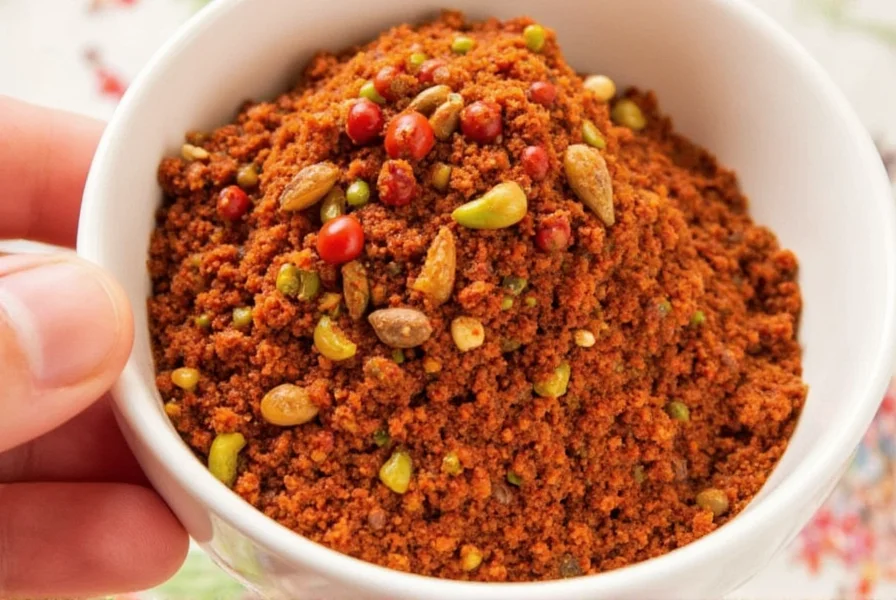
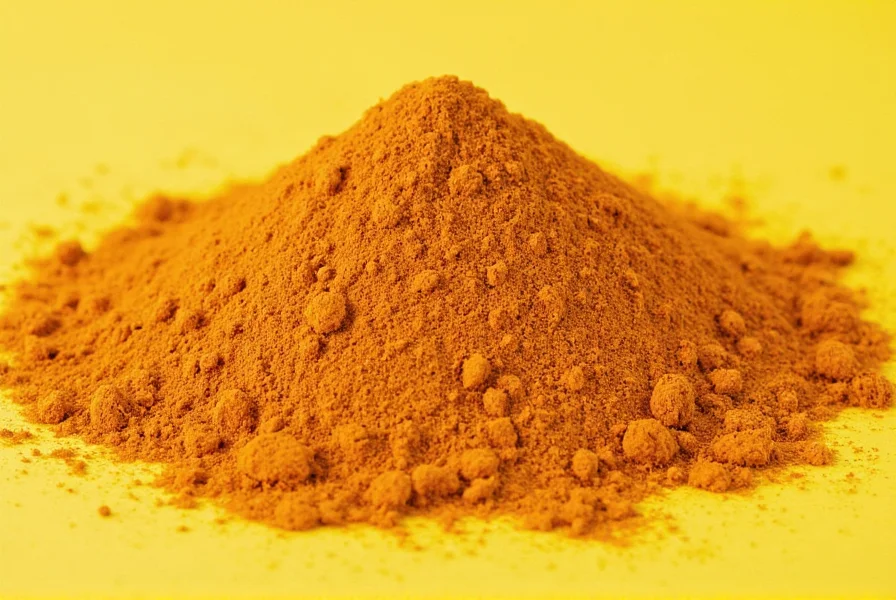
Frequently Asked Questions
Can I substitute Aleppo pepper for curry powder (or vice versa)?
While they're both spices, they serve very different purposes and aren't direct substitutes. Aleppo pepper is a single spice with a fruity, tangy flavor, while curry powder is a complex blend of multiple spices. In a pinch, you could use a small amount of mild curry powder to replace Aleppo pepper in some dishes, but the flavor profile will be quite different. For the reverse substitution, it's more challenging as curry powder contains many spices that Aleppo pepper doesn't have.
Which is hotter: Aleppo pepper or curry powder?
Aleppo pepper has a moderate heat level (30,000-50,000 SHU), similar to a cayenne pepper but milder. Curry powder's heat varies widely depending on the blend - some are mild (with little to no heat), while others can be quite hot. Generally, standard curry powder is milder than Aleppo pepper, but hot curry blends can be significantly spicier.
What are the main flavor differences between Aleppo pepper and curry powder?
Aleppo pepper offers a unique combination of fruity, tangy, and slightly smoky flavors with moderate heat. Curry powder provides a complex blend of warm, earthy, and aromatic notes from its multiple spice components (typically including turmeric, cumin, coriander, and others). While Aleppo pepper is primarily a heat source with distinctive flavor notes, curry powder is designed to create a complete flavor profile on its own.
What dishes work best with Aleppo pepper?
Aleppo pepper shines in Mediterranean and Middle Eastern dishes. It's excellent in hummus, tzatziki, and other dips; as a finishing spice on roasted vegetables, grilled meats, or salads; in tomato-based sauces; and in marinades for chicken or fish. Its subtle heat and fruity notes complement dishes without overwhelming them.
How should I store these spices to keep them fresh?
Store both spices in airtight containers away from heat, light, and moisture. A cool, dark cupboard is ideal. Aleppo pepper, being a single spice, typically retains its flavor for 1-2 years. Curry powder, as a blend, may lose potency faster (6-12 months) as the different spices degrade at different rates. For longest shelf life, buy in small quantities and check for freshness by smelling - if the aroma is weak, it's time to replace.
What's the difference between Aleppo pepper and regular red pepper flakes?
While both come from dried chili peppers, they're quite different. Aleppo pepper is made from a specific variety of pepper (Halaby) grown in Syria/Turkey, with a fruitier, more complex flavor and moderate heat. Regular red pepper flakes are typically made from cayenne or similar peppers, have a sharper, more straightforward heat, and lack the nuanced flavor of Aleppo pepper. Aleppo pepper is also usually coarser and may be packed in olive oil with a hint of lemon.
Conclusion
Whether you're exploring the world of spices for the first time or looking to expand your existing collection, Aleppo Pepper and Curry Powder are two must-have additions to your kitchen. Each offers a unique set of flavors and uses, making them incredibly valuable in both everyday meals and special occasions.
Remember, the key to great cooking lies in experimentation and knowing your ingredients. Don't be afraid to try new combinations and discover your favorite way to use these spices. With the right tools and knowledge, you'll be well on your way to becoming a true spice connoisseur.
So go ahead, grab a bag of Aleppo Pepper and a jar of Curry Powder, and let your taste buds take a journey through the world of flavor.
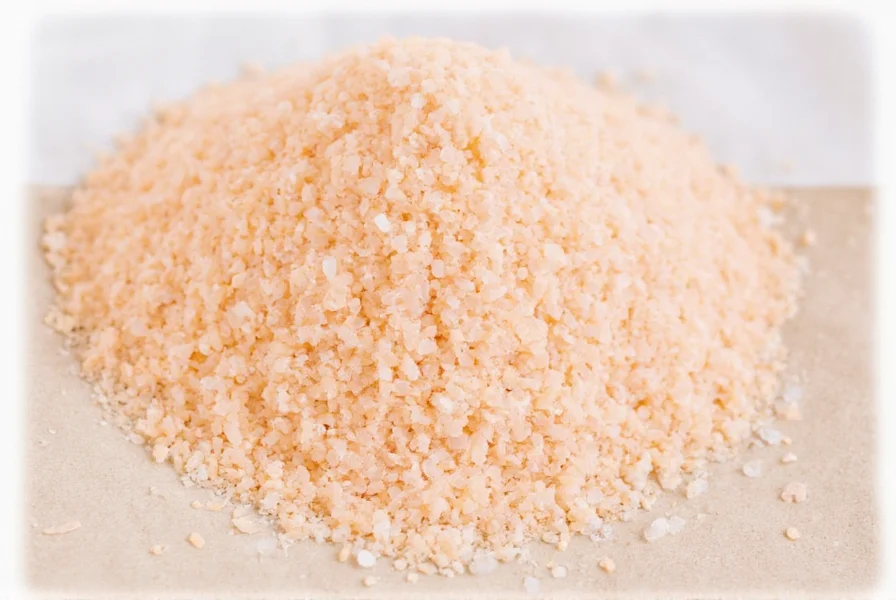
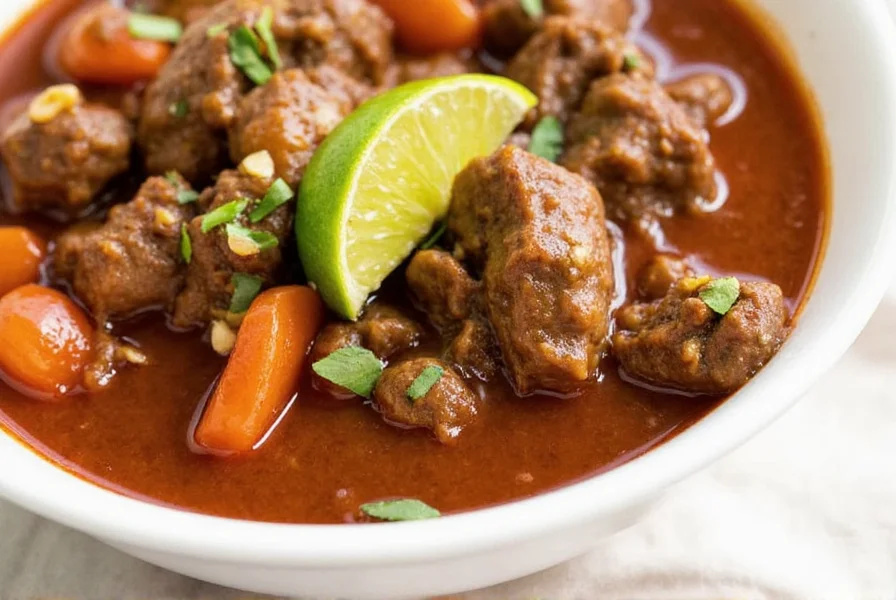










 浙公网安备
33010002000092号
浙公网安备
33010002000092号 浙B2-20120091-4
浙B2-20120091-4